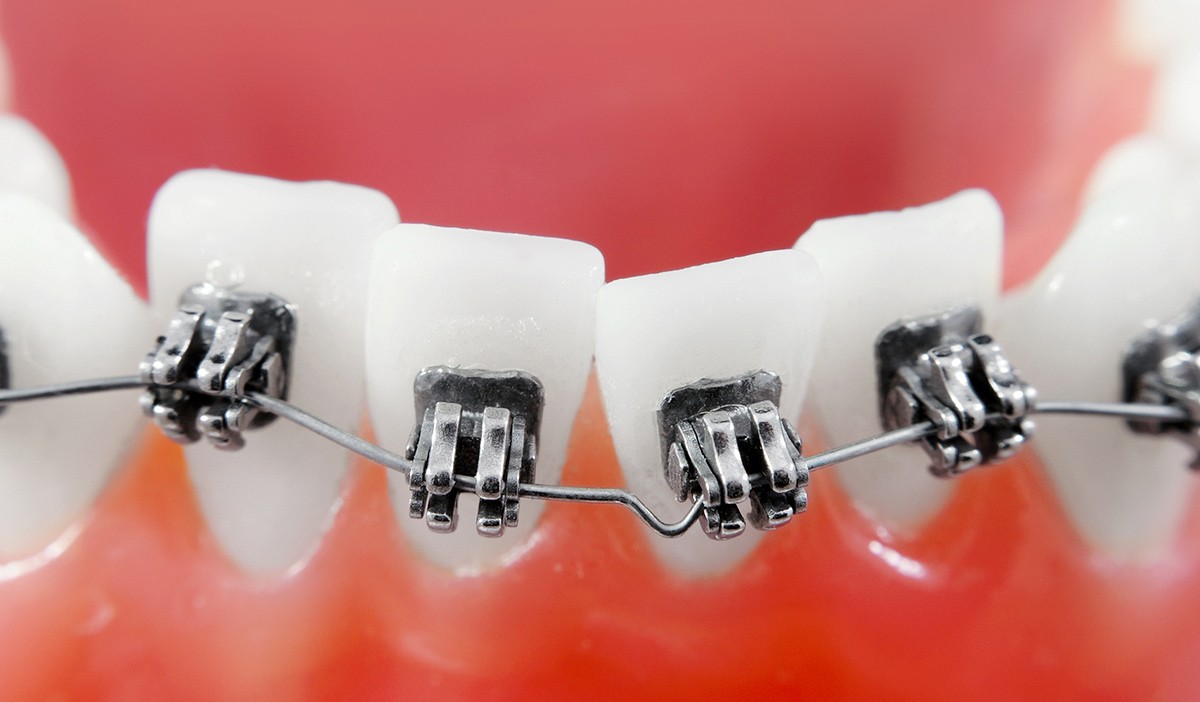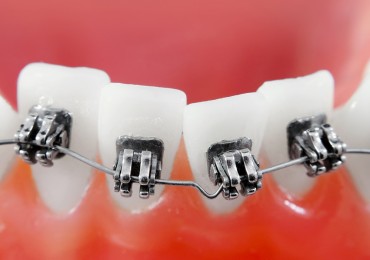Practice and diagnosis of oral and maxillofacial disorders

About Treatment
To prevent the occurrence of orthodontics, dental-jaw-facial-related disorders; Stopping and treating the progression of existing disorders, along with expertise aimed at providing a good aesthetic and function (biting, chewing, speaking, laughing).
Why Orthodontic Disorders Occur?
- Depending on hereditary factors
- Because of congenital anomalies (such as lip-palate)
- Because of erroneous functions (such as mouth breathing)
- Because of harmful habits (such as finger sucking, using a long pacifier)
- Because of the early loss of milk teeth due to caries
- Due to trauma such as tooth creaking or falling, bumps
Why should Orthodontic Disorders be treated?
Smooth teeth and jaws are an integral part of a good smile and a good face.
- It helps the bite to bite and speak effectively
- It reduces gum disease and decay, and contributes to healthy teeth and gums.
- It reduces the occurrence of functional problems such as jaw joint disorders and is an important part of the treatment of these disorders.
When should orthodontic examination be done?
Orthodontic treatment can be applied at all ages. However, if there are problems related to jaws, it is necessary for the children to be examined before reaching the age of full maturity (10-12 years) in order to benefit from growth and development.
In children aged 5-6 years, orthodontic examination is very useful for early detection of problems that might impair growth and development. In some cases the problem may be determined early, the orthodontic specialist may be able to wait for the optimal time for treatment by calling the child at regular intervals.
Preventive and preventive orthodontic treatments that can be applied at these ages can prevent the disorders that require extensive treatment in the future with relatively simple and short interventions. If the jaw disorders are not treated early, they can be corrected by orthodontic treatment combined with orthognathic surgery after the age of 18 years.
Protective Orthodontic Treatment
In the case of preventive treatments, the aim is to provide adequate space for permanent teeth to continue smoothly. For this purpose, place holders are prepared which protect the prematurely lost milk teeth. Also recommended by pedodontists for children who are prone to tooth decay.
Preventive Orthodontic Treatment
Bad habits; A variety of moving devices can be prepared to prevent problems due to factors such as finger sucking, abnormal swallowing, or to make room for permanent teeth.
Fixed Orthodontic Treatment
After permanent teeth have been applied, orthodontic treatment is now done with brackets that stick on the teeth and are not removed during treatment, and wires that pass through these brackets. Silver color, gold color, transparent / tooth color or pink / blue color.
Some tooth disorders allow braces to be applied to the inner surfaces of the teeth and thus become completely invisible. (Lingual orthodontia).
Fixed orthodontic treatment can be applied to all ages with healthy teeth and gums. Requires a long period of consolidation with various passive devices and invisible wires to protect the results obtained with the treatment.

 Türkçe
Türkçe English
English Deutsch
Deutsch Norsk
Norsk русский
русский
